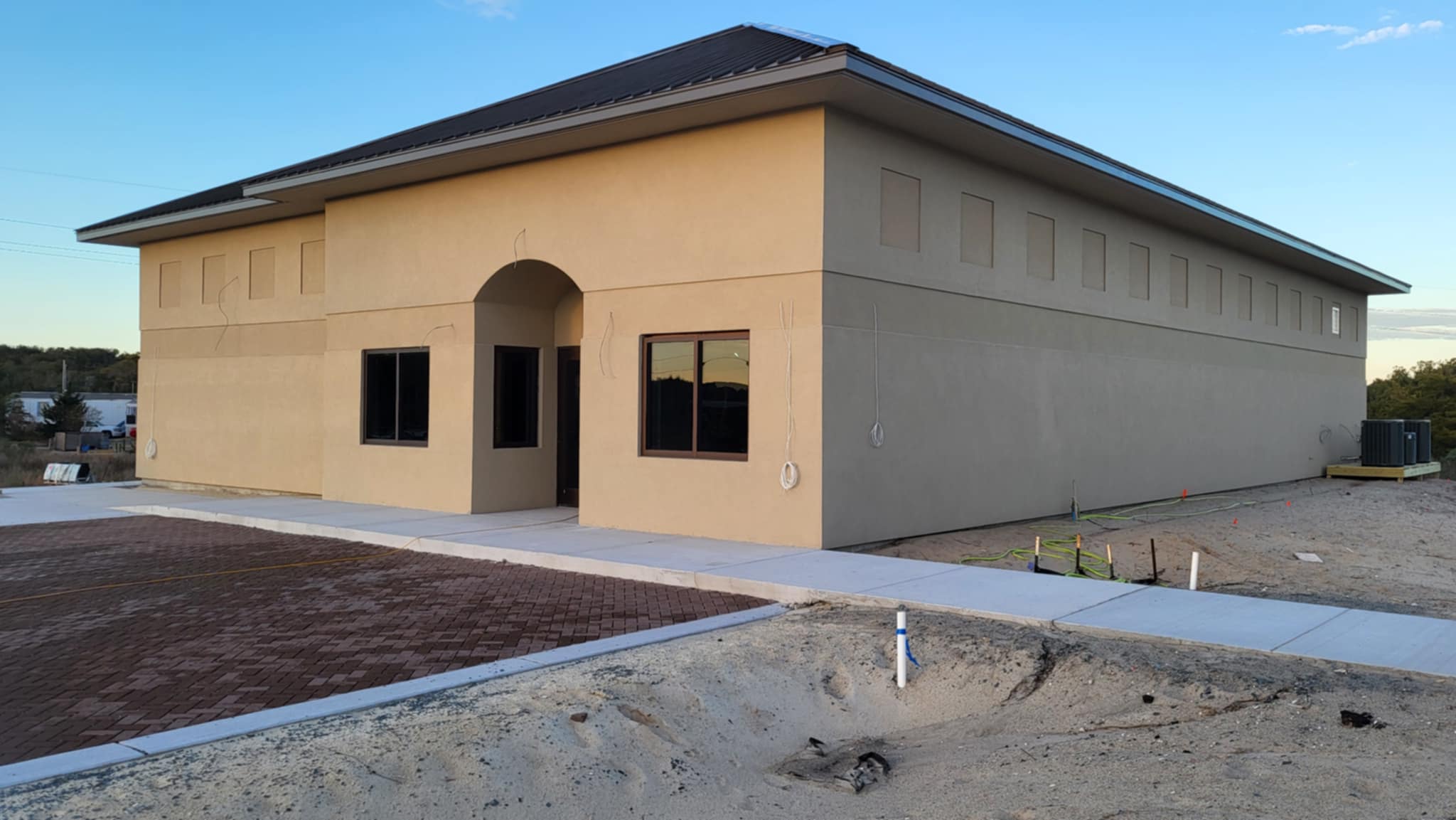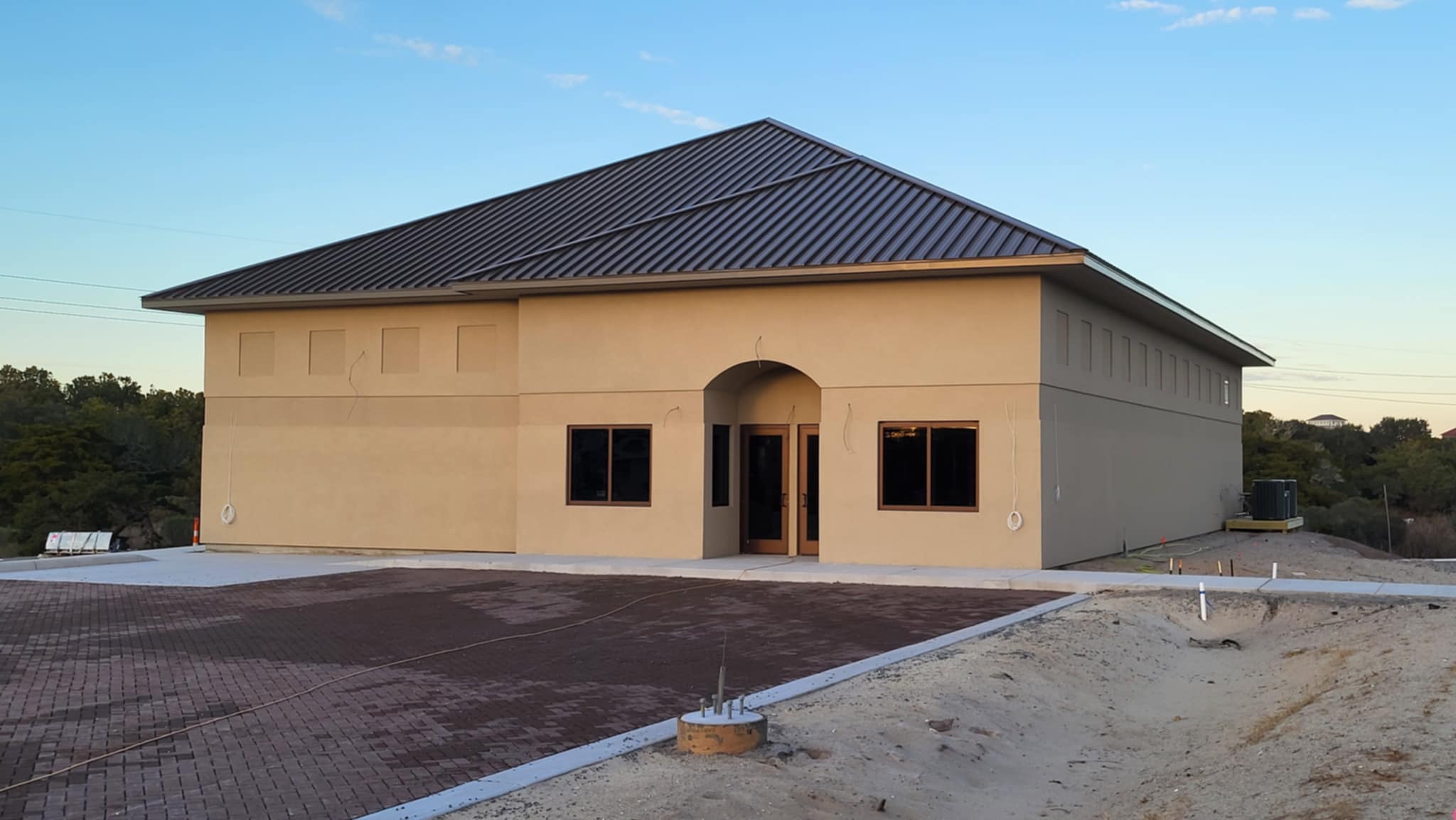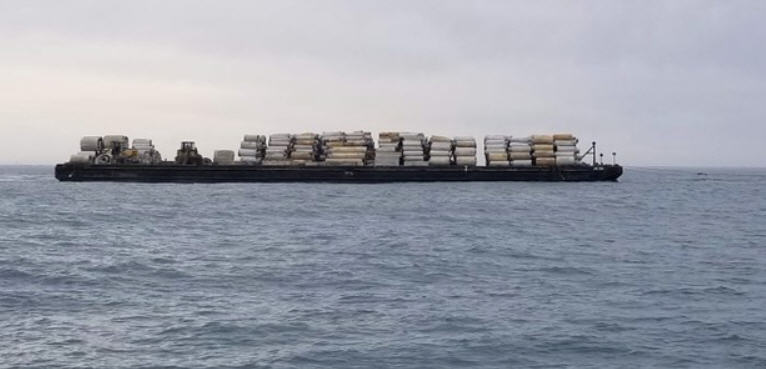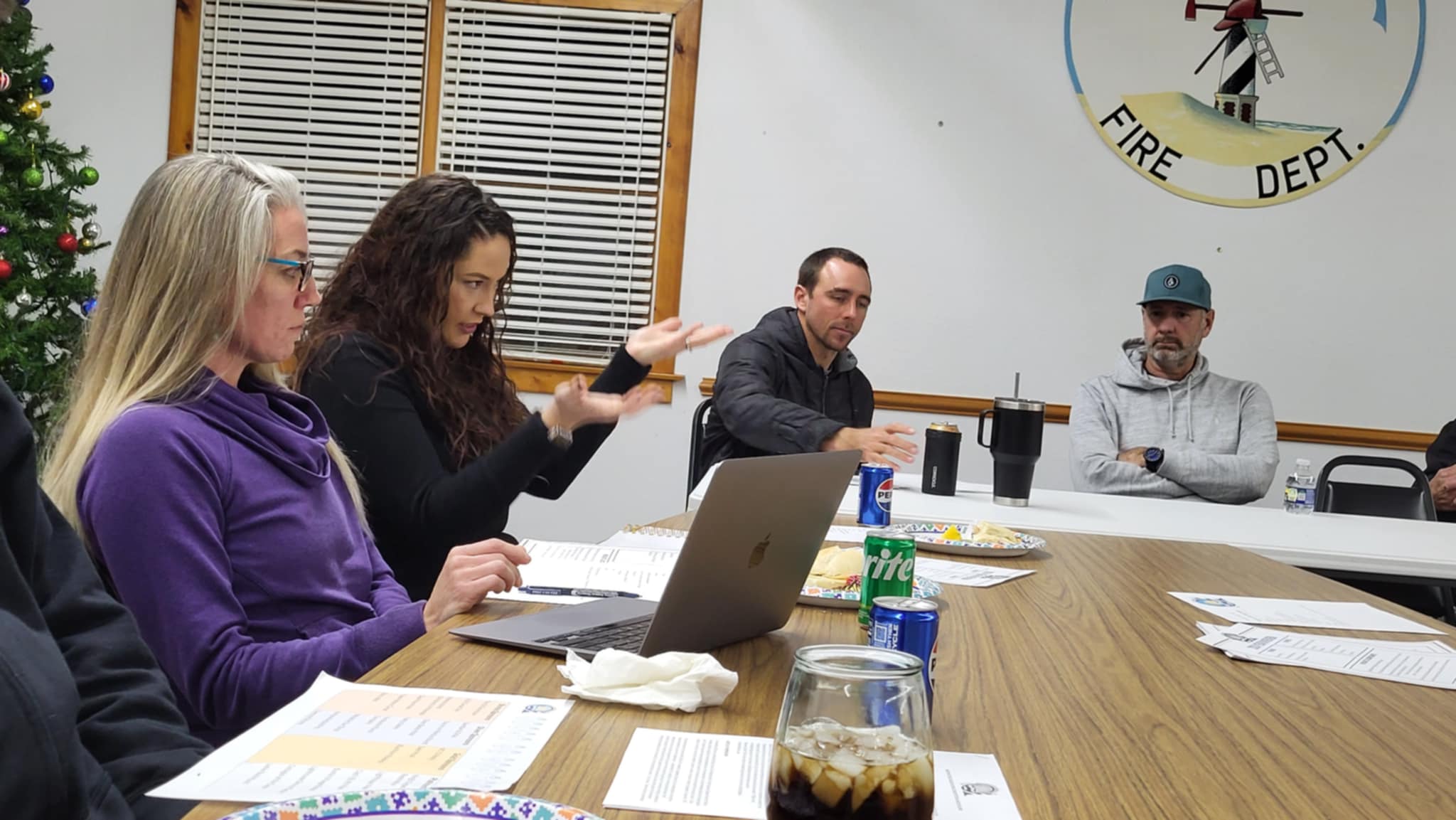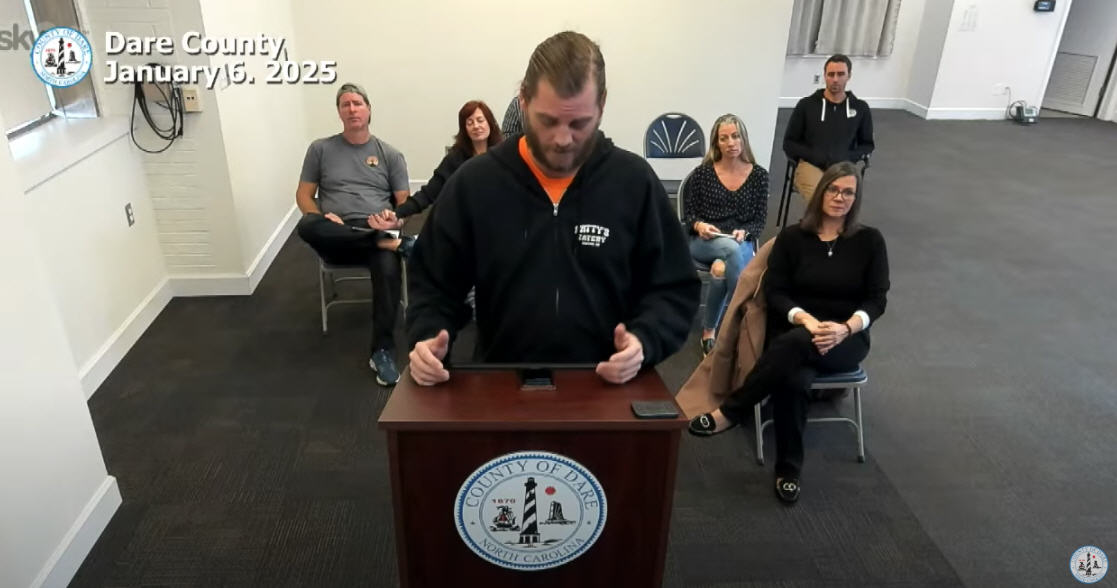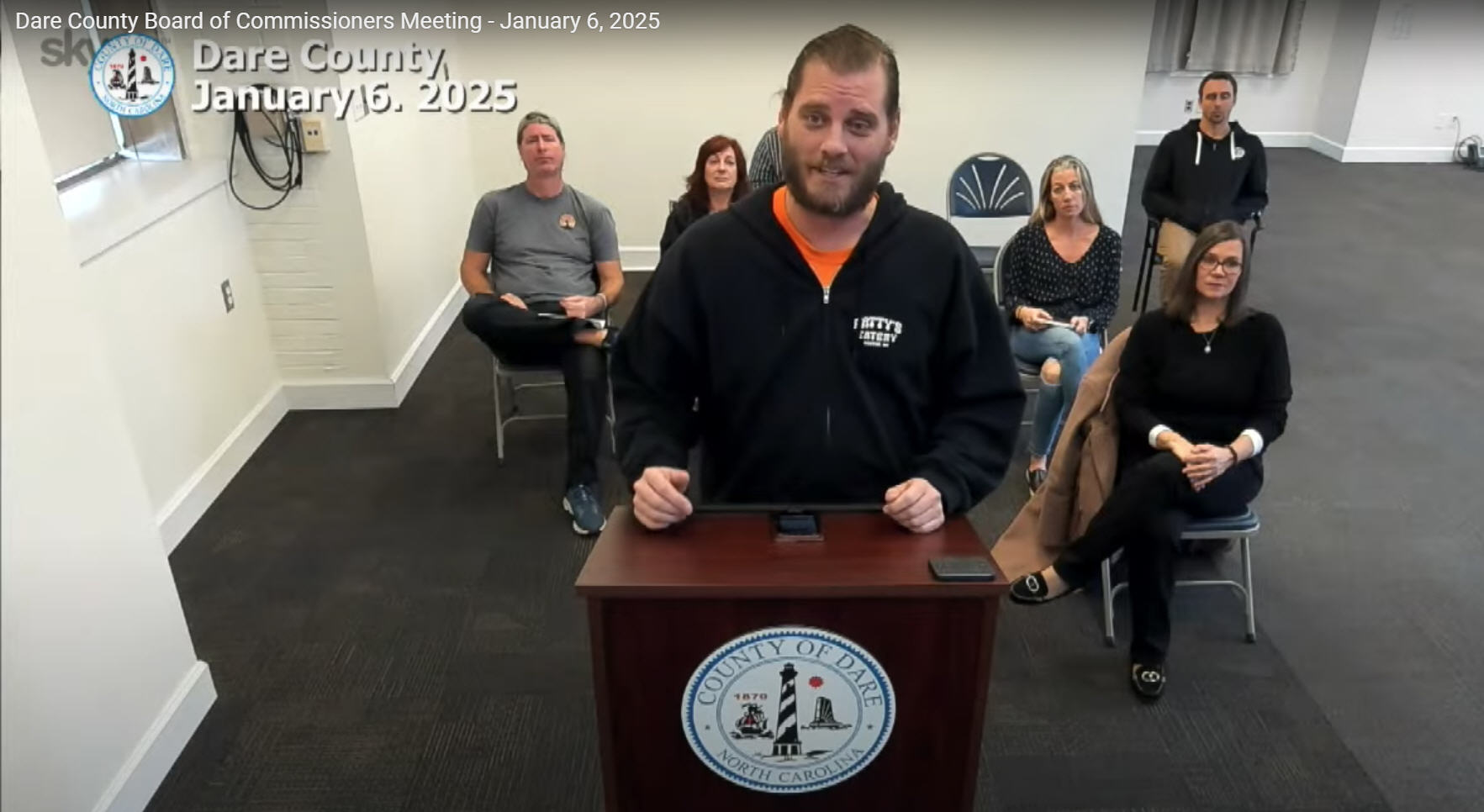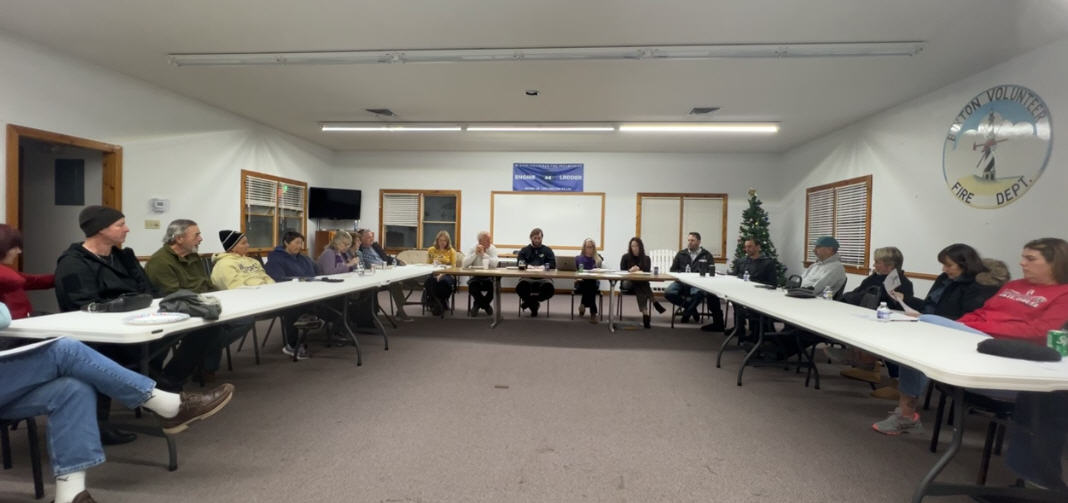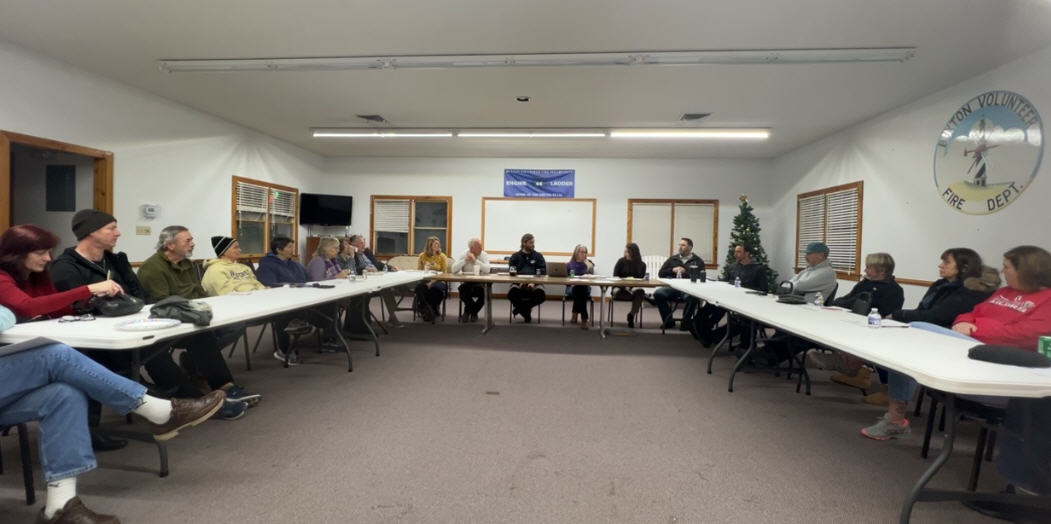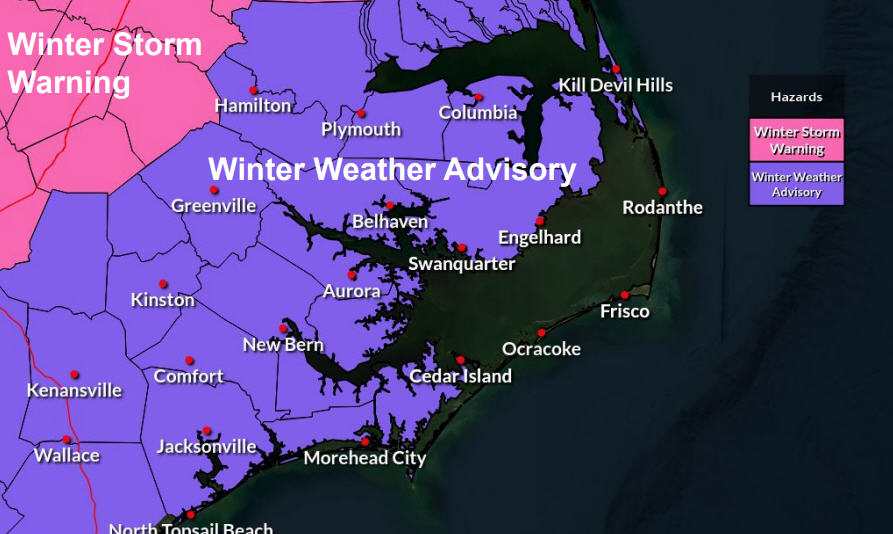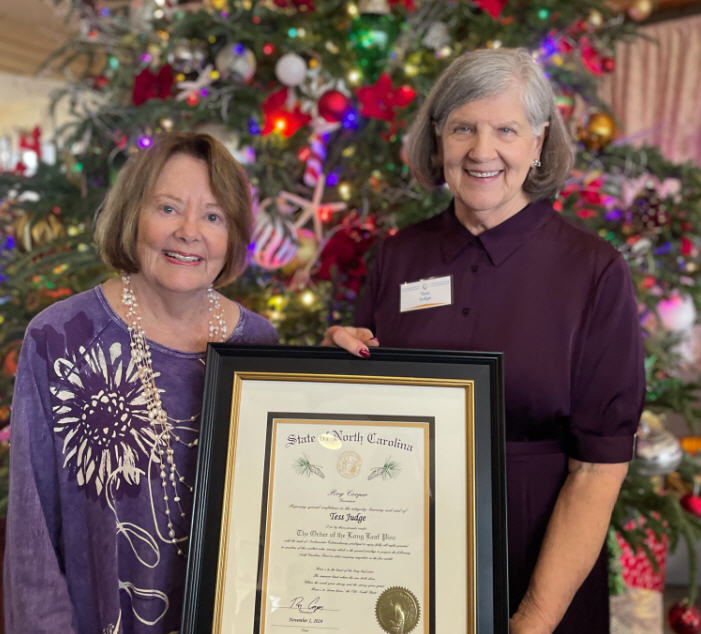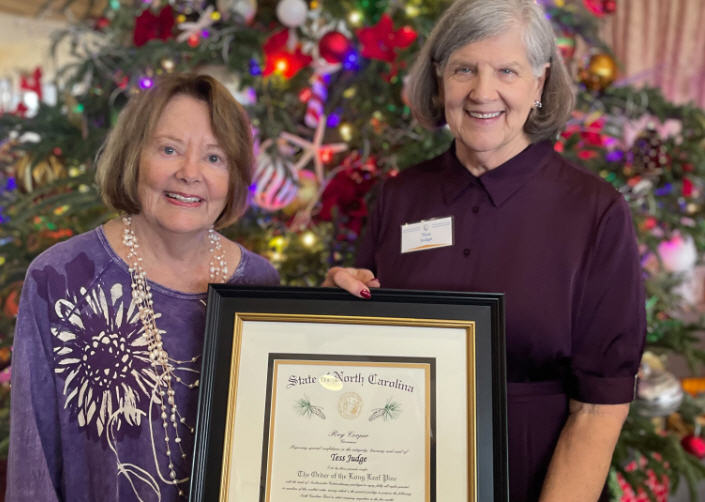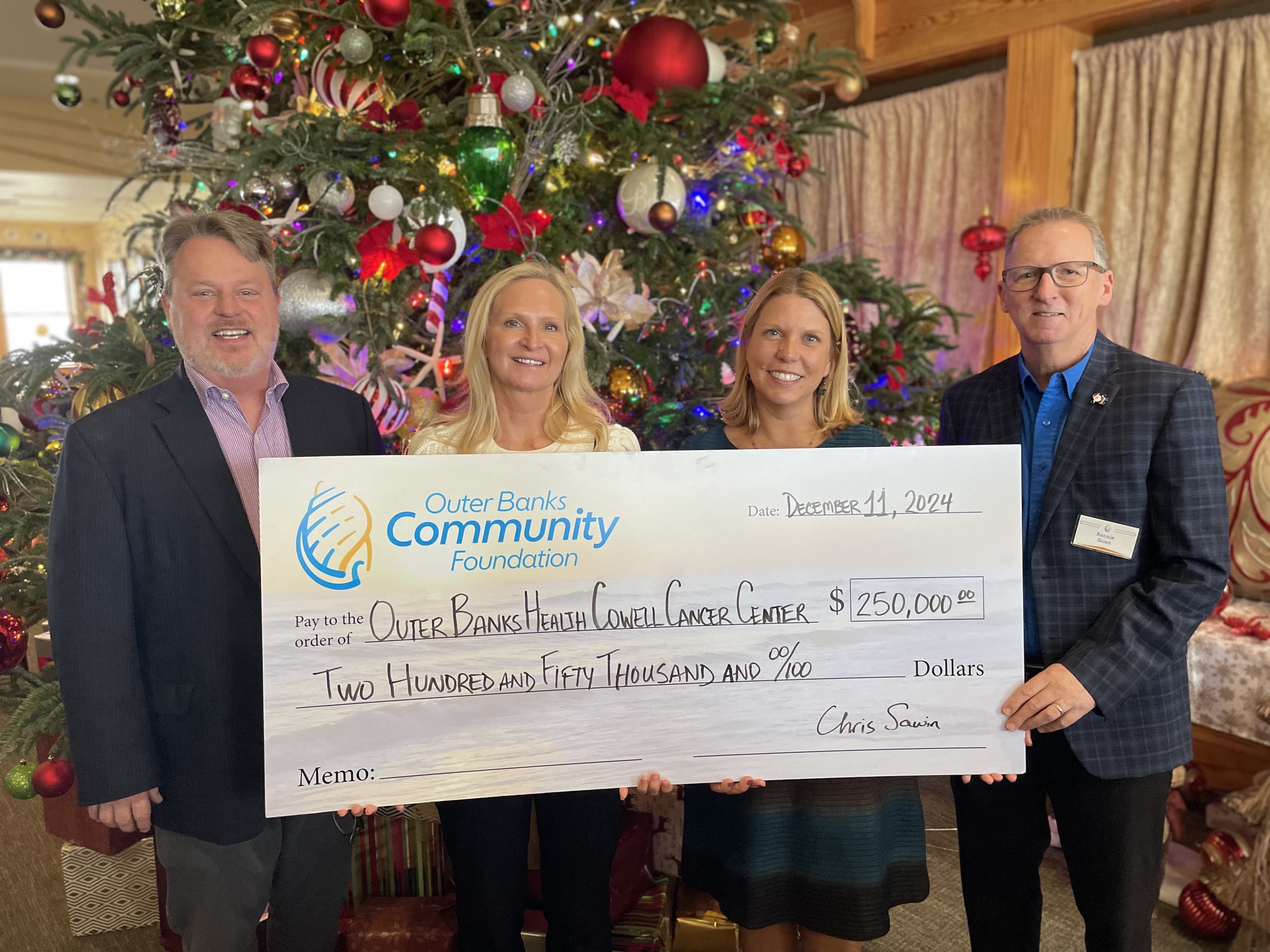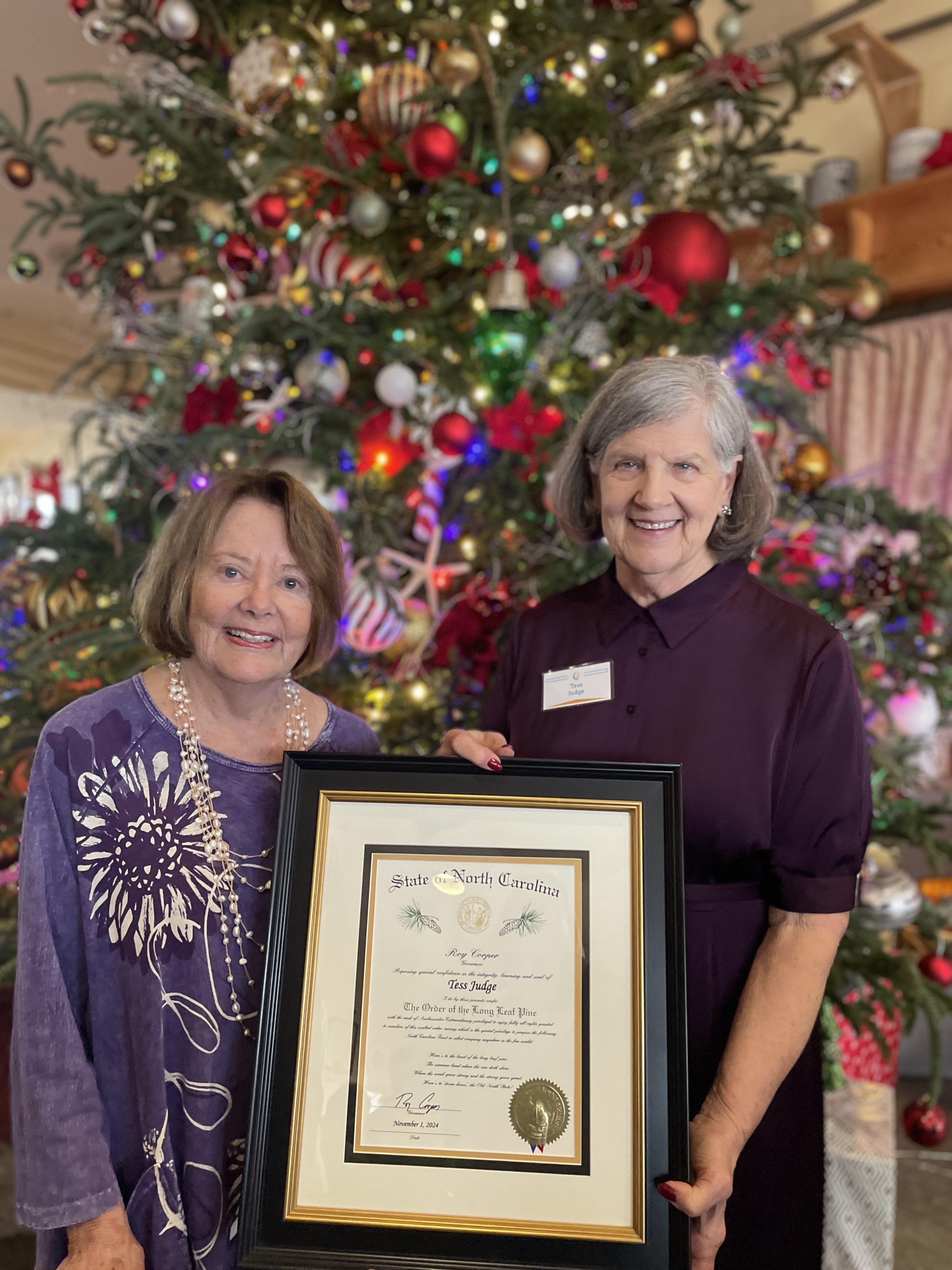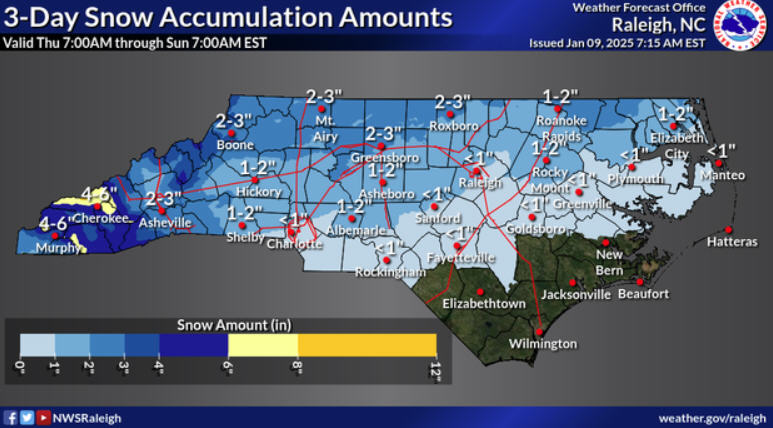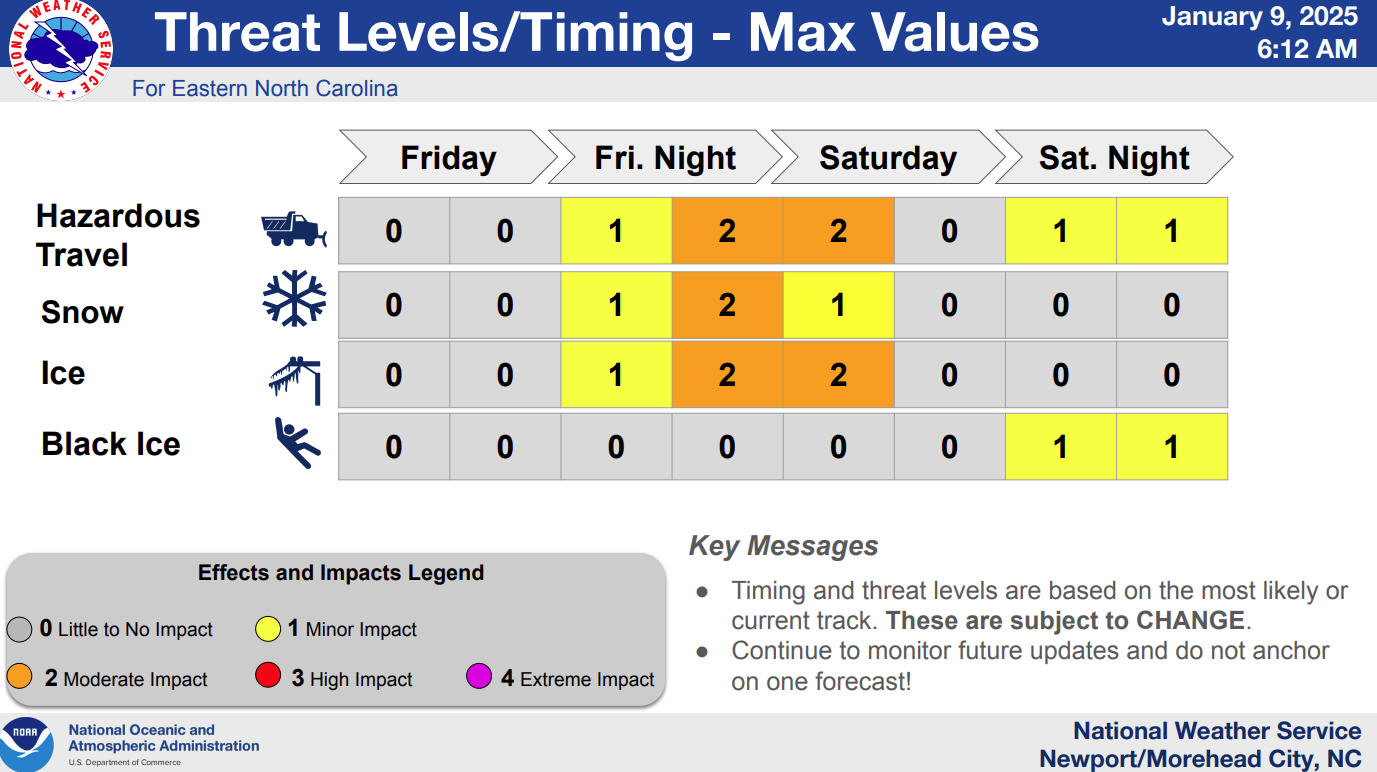It’s not a case of American vs. foreign workers
By B.J. OELSCHLEGEL
It has been many years since I wrote my first article for the local newspaper, The Ocracoke Observer. At first it was a chore to meet the deadline, almost like the drag of a school term paper. But, over the years, I have begun to look forward to the time that I set aside to craft the words that explain how I feel about a particular subject.
Most amazing are the articles that really just write themselves, when I am particularly close to or fired up about a topic. I try to always leave an extra day to edit the article and hear the words in my head. I definitely enjoy this expressive art form.
Recently, I have moved into a new phase with regard to these articles. Locals will stop me in the post office to let me know that they agree (or disagree) with my expressed opinion. I have been renting bicycles (one of my other jobs) and had a customer ask if I had written such-and-such an article. I have received e-mails letting me know that the writer had had the same experience.
I was pleased to hear one responder relate that “When I share my pain, joy or the challenges that are bringing change to the island, that I reflect facets of the island life that the occasional visitor would not have any way of knowing or come close to experiencing.”
And here I was thinking that I was just putting words together to get something off my chest or talk about a hot topic.
One response, to my article about the J-1 Foreign Student Work/Study Program, made me stop and reflect. The reader found the article informative about how the program worked but did not understand why I would go out of my way to bring European students to the United States to work for me when so many Americans are not employed.
I’ve spent the last 10 days pondering this question.
I have three jobs, but the one that needs employees is the ice cream scooping/bike rental retail shop. I have been involved in this business since 1994. At first my business partner and I had enough teen or pre-teen children between us that we had ready, willing, and almost able employees. Over the years, my oldest son became very capable of running the whole show. But as he and his friends moved on in their lives, I started reaching out even further. I invited my nieces to come for the summer, work for me at The Slush, and take my daughter out to the beach daily, an activity that I rarely take the time to do.
I love this next part of the story. The niece, who took me up on my offer, came straight from high school graduation and continued to help out for the next seven summers. There had been the summer between high school and four years of college and then two years of graduate school. In that seventh summer, we both had our heads in the freezer, frantically scooping for the crowds on a July 4 holiday, when I turned to her and asked if there was a chance of a doctoral degree.
When you live on a sandbar, inhabited by 800 people in the winter, your choices for employees are slim, other than calling on your family. The working population does swell during the summer months. The greater percentage of the swell is interested in the big money of waiting tables. Why would they waste their time on an $8.50 per hour plus tips job when they could be earning $200-plus per night.
The competition for high quality employees is also great. My business cannot pay some of the hourly wages that are offered by neighboring establishments who are vying for the responsible workers.
I thought the solution to my problem was to go in on an inexpensive property with a partner and provide the bedroom space to employees who would work for me. That blew up in my face. Whether I required a minimum of 20 hours or 40 hours at The Slush in exchange for the chance to rent a room, these American employees were loyal to the wait jobs and I still went without coverage. Or these employees would start out with me, train for a month or two, and then hear the call of the big restaurant bucks, vacating the rooms and leaving me high and dry at the height of the season.
Chasing after employees was starting to feel like too much work. My place of employment was not a hot enough commodity to attract the cream of the crop of American workers. I was attractive to a group of Eastern-European employees who saw $8.50 per hour as a good wage.
CIEE was an easy and ready source of employees for my business. The program screens the students through the work fairs that are held in Europe during the months of December to March. These students commit themselves to a contract that names me as the primary place of employment. I have never had a student skip out on me.
These kids want to work from 6 a.m. until 11 p.m., take on three or four different jobs for sometimes seven days a week. The work visa program runs into mid-September and is very beneficial to me when all of the college kids leave me in late August.
I help the students find other jobs to fit in between the 40 hours they give to me. I help them secure these other jobs because the cultural divide can keep them from hitting the ground running. They have to repay family and friends for the dollars it took to get over here, and the money they make in the summer takes them through the school year. I have also networked the American kids into second jobs, as I do with the Europeans.
Housing on the island is expensive. The going rate for a room for the summer, including utilities, is between $400-$500 per month. The European students expect to pay these rates as part of their contract. I secure the spaces for each student but I do not pay for the housing. The cost of living on a vacation resort island is very high — food, gas, and entertainment are expensive.
These European students cook their own meals and do not party (much). The island is not really the type of location where you move and expect to have much left at the end of the week, unless you hustle — a lot. Remember also, everything is seasonal. The bulk of the work is available primarily from April 1 to Oct. 31.
Out of 20 employees over a summer season, five to seven have been from the J-1 program. I am not turning away American kids and replacing them with foreign students. I take them as they come.
I screen American workers by inquiring with their references. I use a two-week trial period to test their ability to show up on time and pick up the details of the work. I normally collect the names of folks who are looking for jobs and seem to be the kind of people who will be good for me when it comes to being my face to the public. If kids come to me when I am full, I ask them to get back to me in February of the following year to set up for the upcoming season.
The person who responded to my article posed one last question: “Don’t I have any personal responsibility to aid those of our nation since the business model already exists?”(In that I can provide a place to live and a job.) “Isn’t providing jobs for Americans important to you?”
I had never considered hiring legal Europeans as un-American. After putting a lot of thought into my answer, I need to say that during the height of the season, when the pace involves keeping my head down and one foot in front of the other, I just need employees that I can count on. I cannot be frantically putting out the fires of too much alcohol the night before or “My alarm didn’t go off,” or “I’m really sick” or “The restaurant needs me to switch.’
I just want people who want to work — for me. I want to pay them what I have promised. I want them to earn tips by giving great service. I don’t care where they come from. They just have to do what they said they were going to do. I have a business to run. It is not a matter of American versus European workers. I need to take care of myself in the best manner I know how. The J-1 program fills a niche for me and I enjoy these kids.
I do want to add that I appreciate having people respond to my articles. It makes me think through other facets of my subject matter. The purpose of all communication is to hear and to be heard.
Find me at bj@ocracokelightshiprealty.com.
(B.J. Oelschlegel has lived on Ocracoke Island for more than 30 years and has worked in the real estate business for 26 years. She is a broker with Ocracoke’s Lightship Realty and a real estate columnist for The Ocracoke Observer. You can reach her by e-mail at bj@ocracokelightshiprealty.com)




